Submitted by WA Contents
ZOO Architects creates biomorphic housing prototypes made of organic materials
China Architecture News - May 06, 2024 - 12:09 2723 views
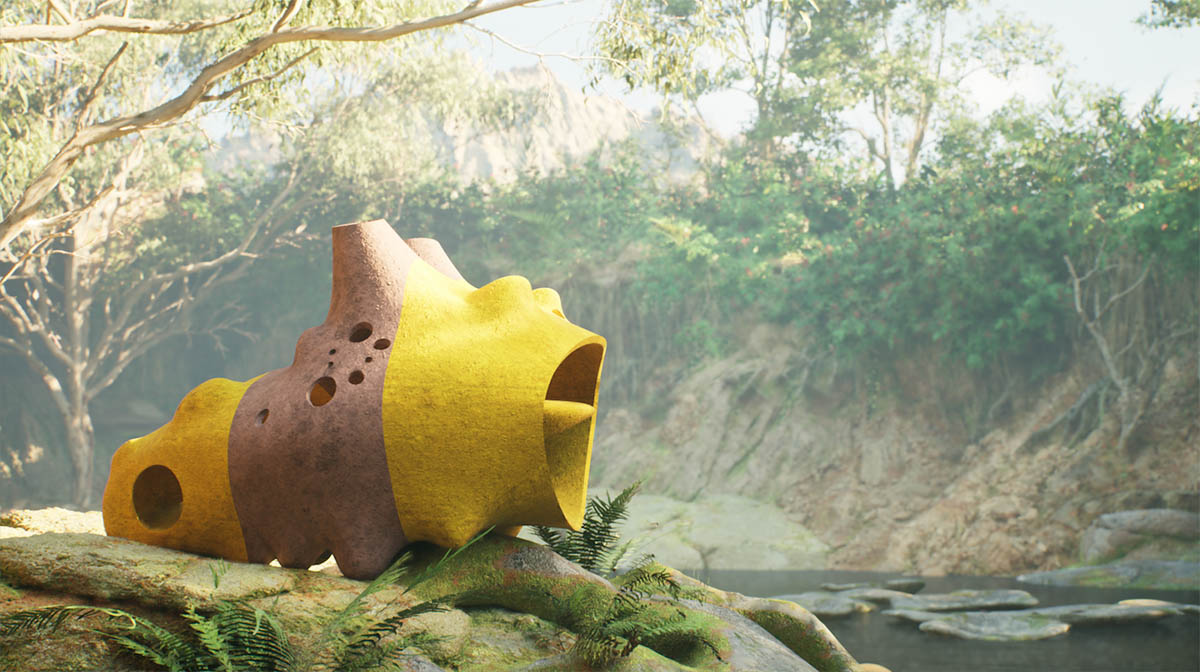
Shanghai-Tianjin-London-based architecture studio ZOO Architects has created a series of habitat enclosures for otters – the first of an intended future series for various animal species.
Inspired by natural forms and tracing back to the very roots of architecture, ZOO Architects have taken organic materials such as rock, earth, and hay to create houses specifically tailored to the scale and needs of otters based on a deep knowledge of their preferred environments, social behaviour, diet, and cognitive abilities.
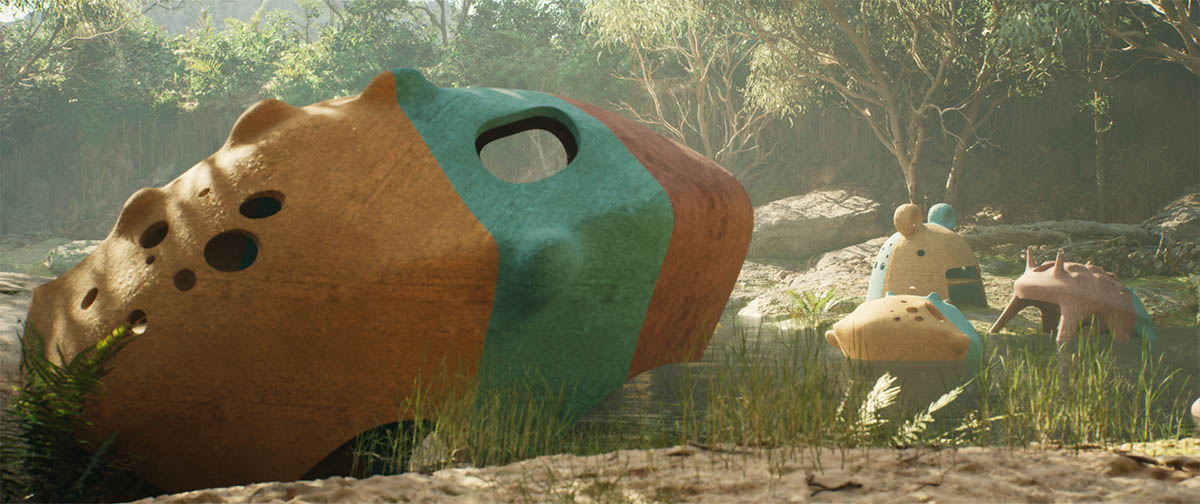
Named The Otter House Project, the project was conceived as a complex, fascinating group of biomorphic housing prototypes.
Otters are social animals that usually live together and form family groups. Otters often sleep holding hands, which is a manifestation of their social behavior.
They often live together in families or groups, typically consisting of a pair of adult otters and their offspring. They communicate with each other through sounds, postures, and odors. The behavior of sleeping hand-in-hand usually occurs among family or group members, helping to strengthen their bonds and trust.
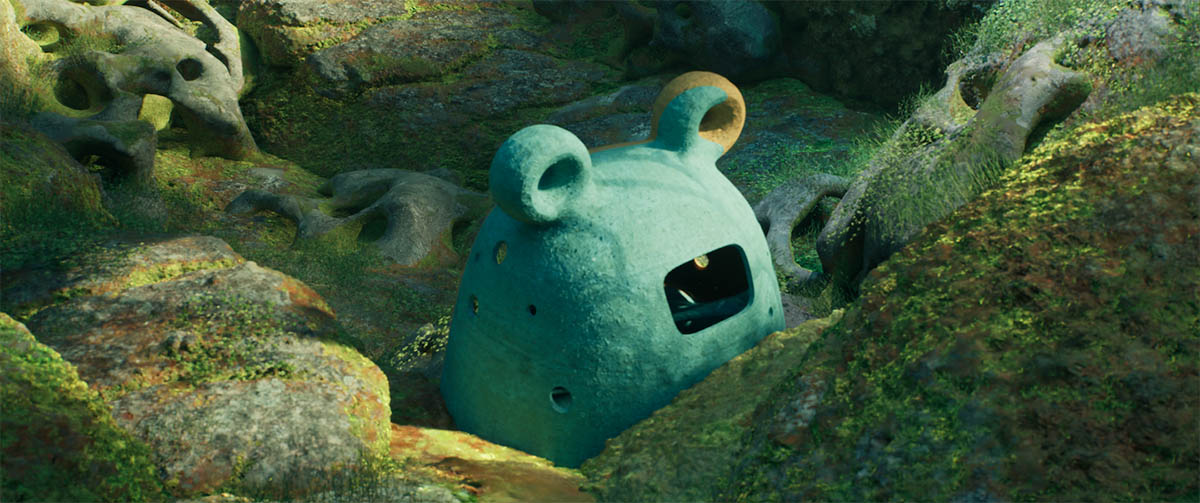
"Otters practice monogamy, which means they have a firm belief in loyalty to their life partners despite their appearance of being somewhat foolish," said ZOO Architects.
"They will store enough food inside their nests to prepare for unexpected needs."
Otters are very intelligent and agile in their daily lives. They can use stones to knock on shells to open them, allowing them to eat the soft-bodied animals inside.
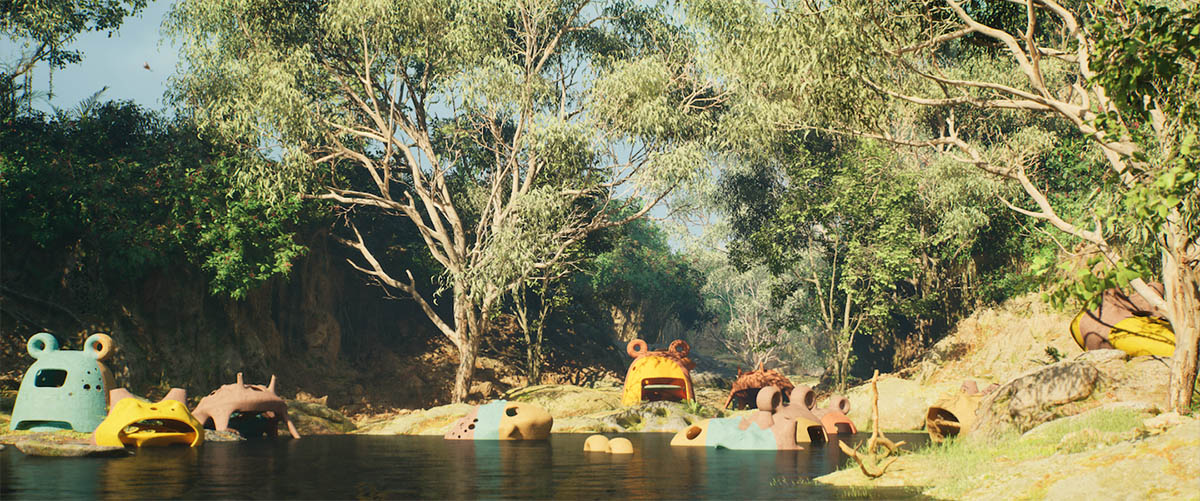
This behavior is considered a form of tool use, which is a rare occurrence among non-human animals. In addition, otters are very clean animals and often use their front paws to groom and clean their fur, keeping it dry and waterproof. Sometimes, otters catch fish not just for food, but also as a hobby.
They will carry the caught fish ashore, lay them out one by one on the ground, and then turn around to catch more, simply for the fun of it. They enjoy playing in the water and often engage in activities such as chase games, diving, and fishing.
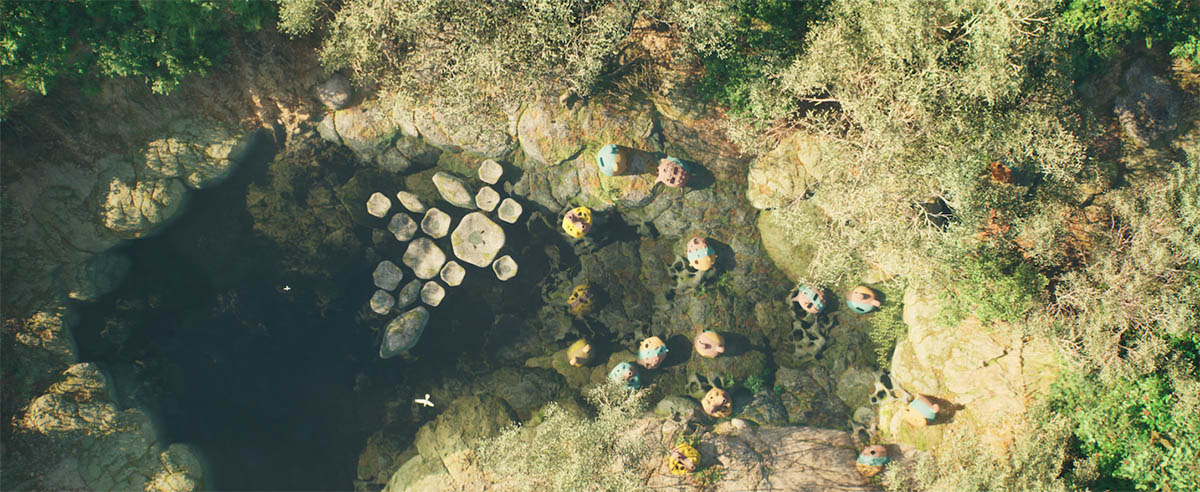
Otters enjoy throwing one or multiple small stones into the air with their paws and mouths, and then catching them again, repeating this cycle repeatedly.
Some otters even use the same stone throughout their lifetimes. When not in use, they hide their dedicated stones in the pouch-like skin on their forelimbs and occasionally take them out to juggle. Scientists speculate that playing with stones is a way for otters to practice their skill of using stones, as they use them to crack the shells of crustaceans or mollusks when feeding.
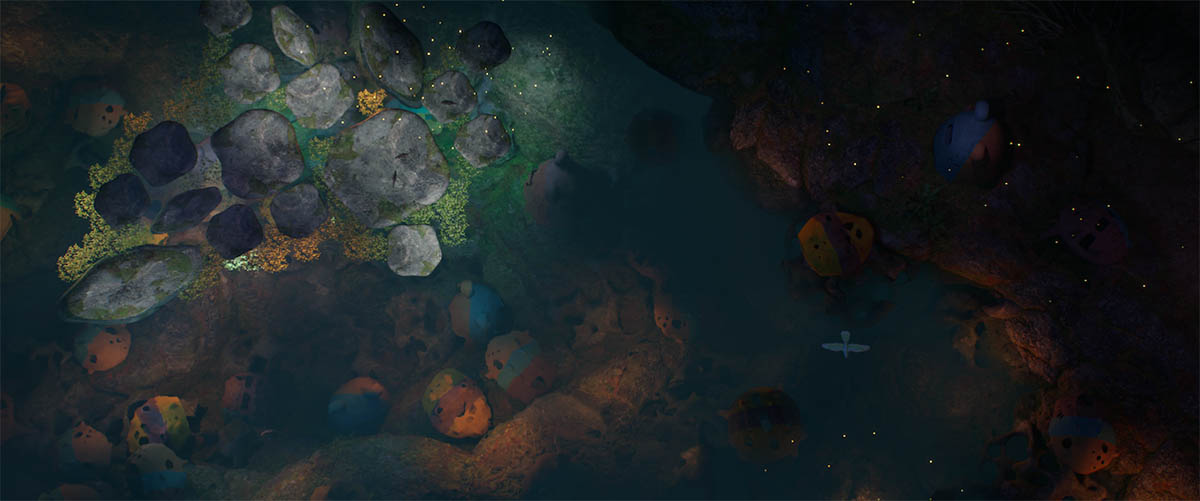
Otters are able to adapt to a wide range of environments, including rivers, lakes, marshes, and oceans.
They typically prefer freshwater habitats with slow-moving water, high water clarity, sparse aquatic vegetation, and an abundance of fish, especially small streams with lush tree coverage along their banks.
As top predators and key species in freshwater and coastal ecosystems, the presence of otters is an important biological indicator of environmental health.
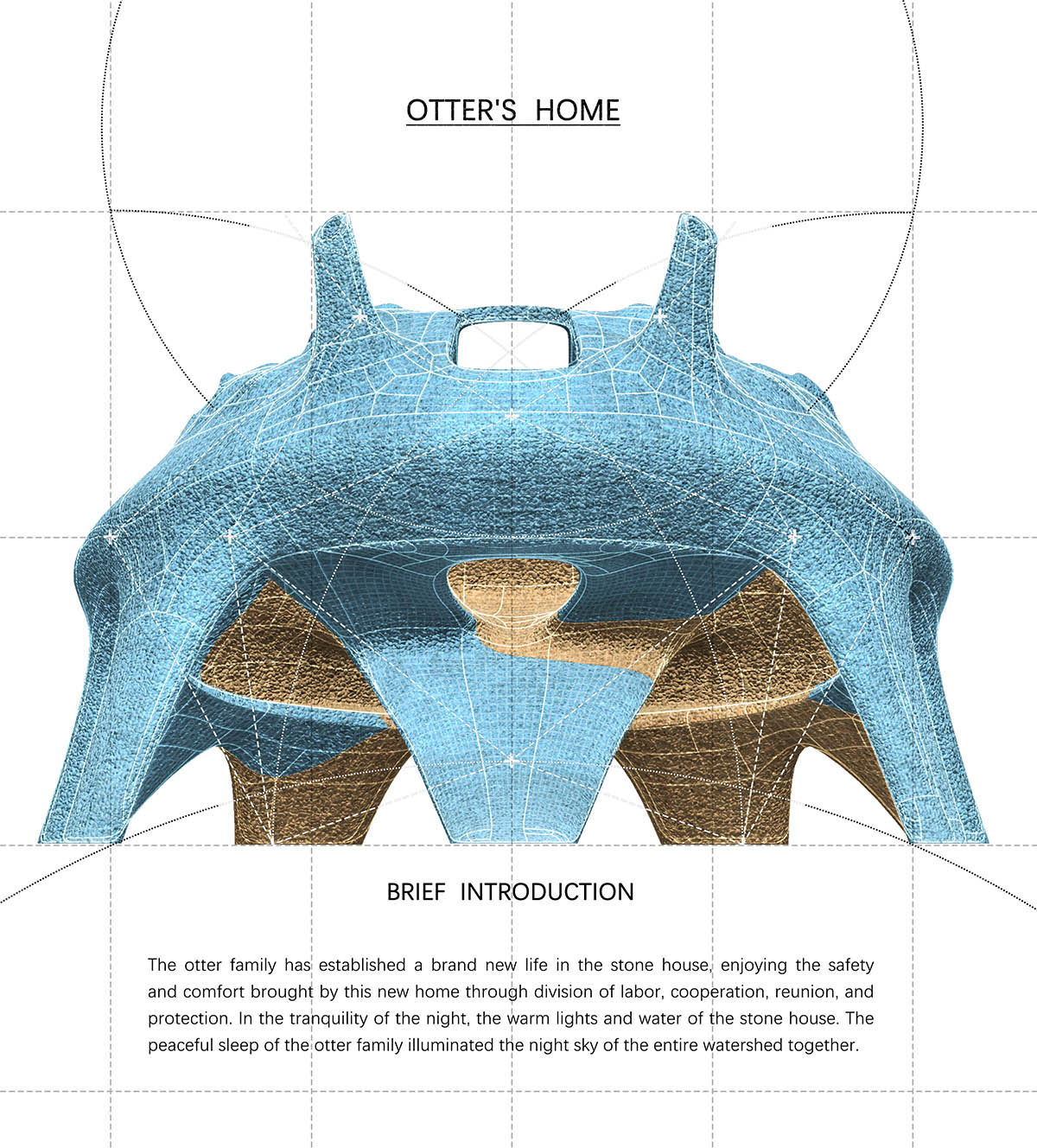
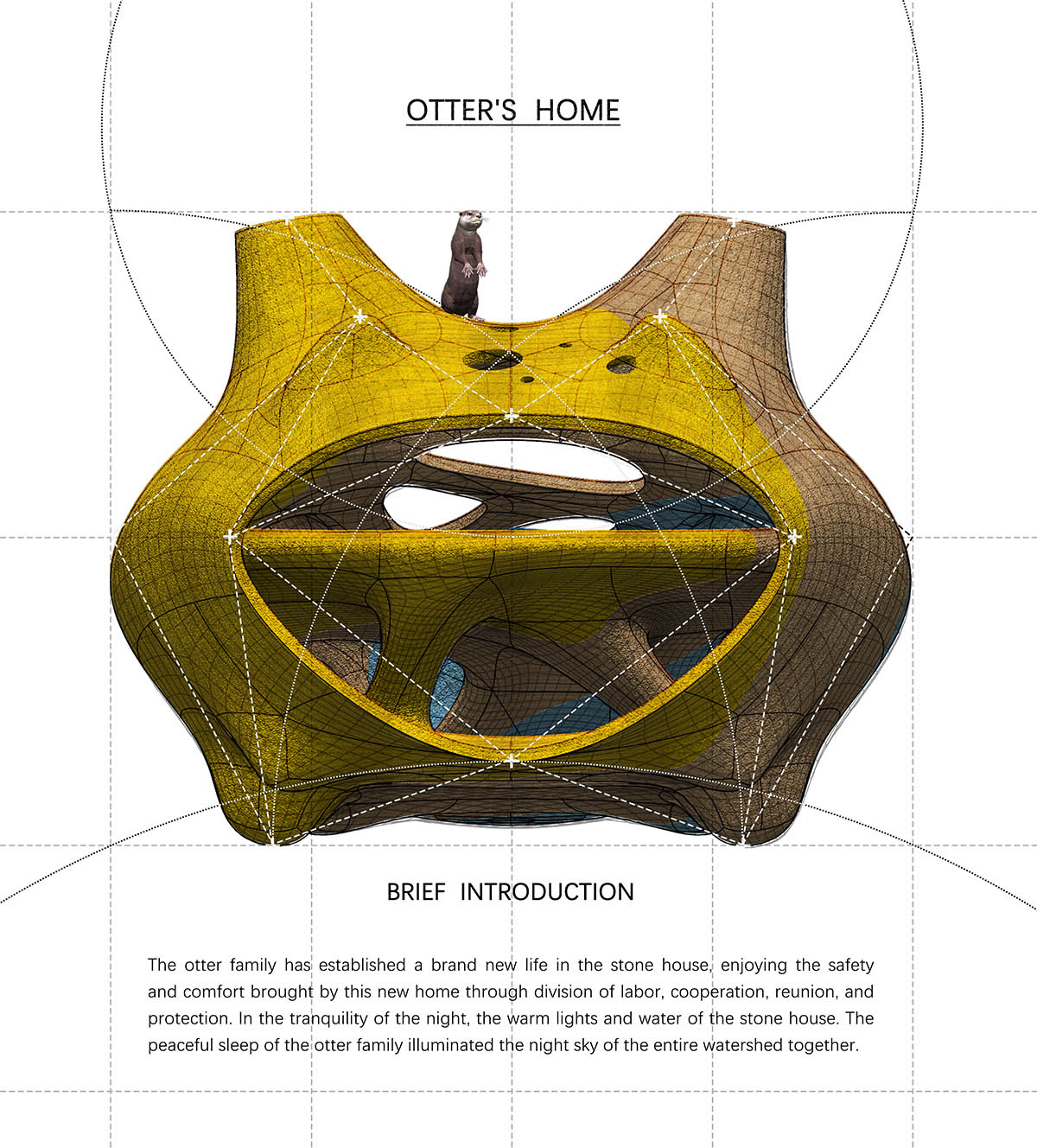
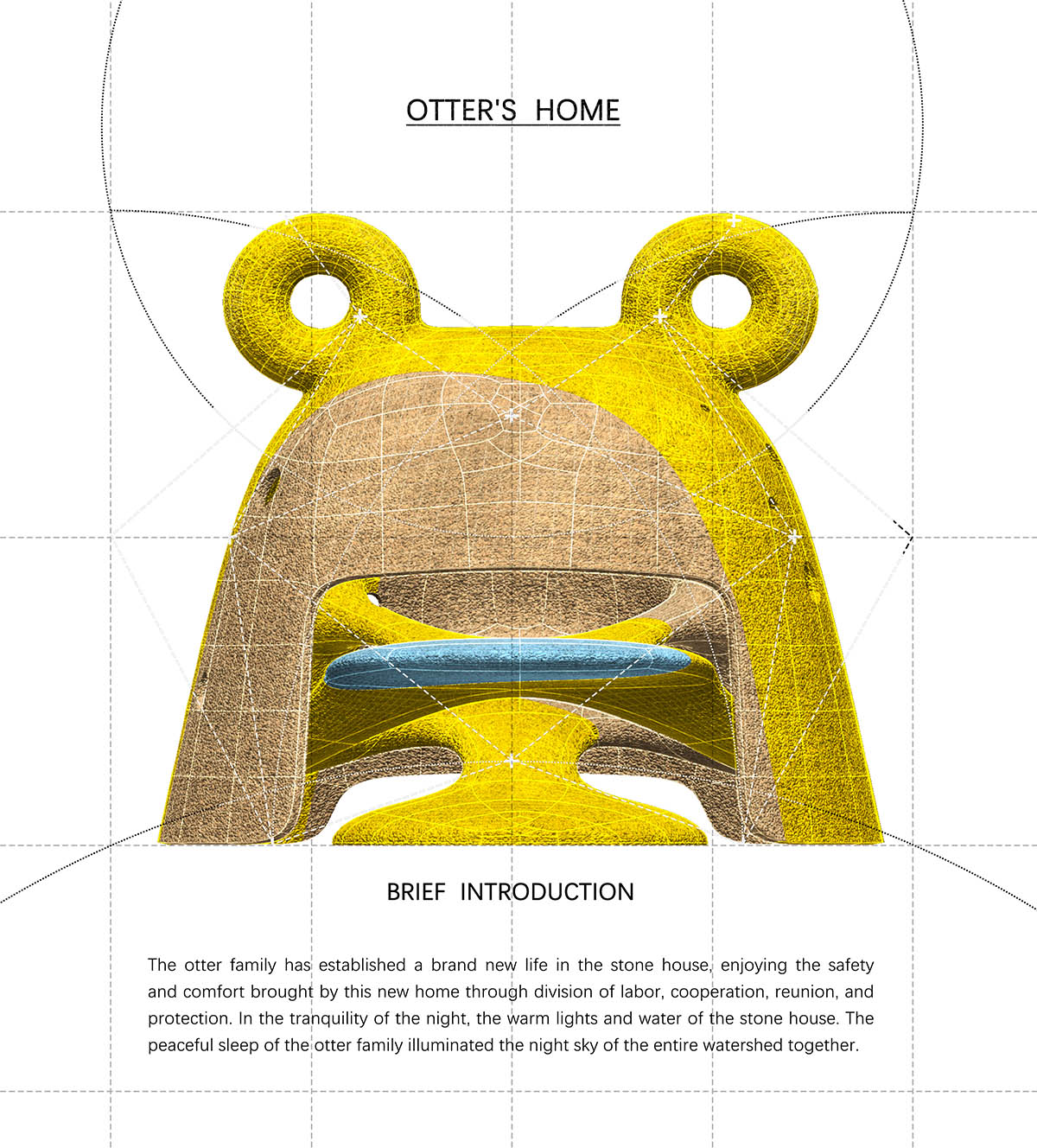
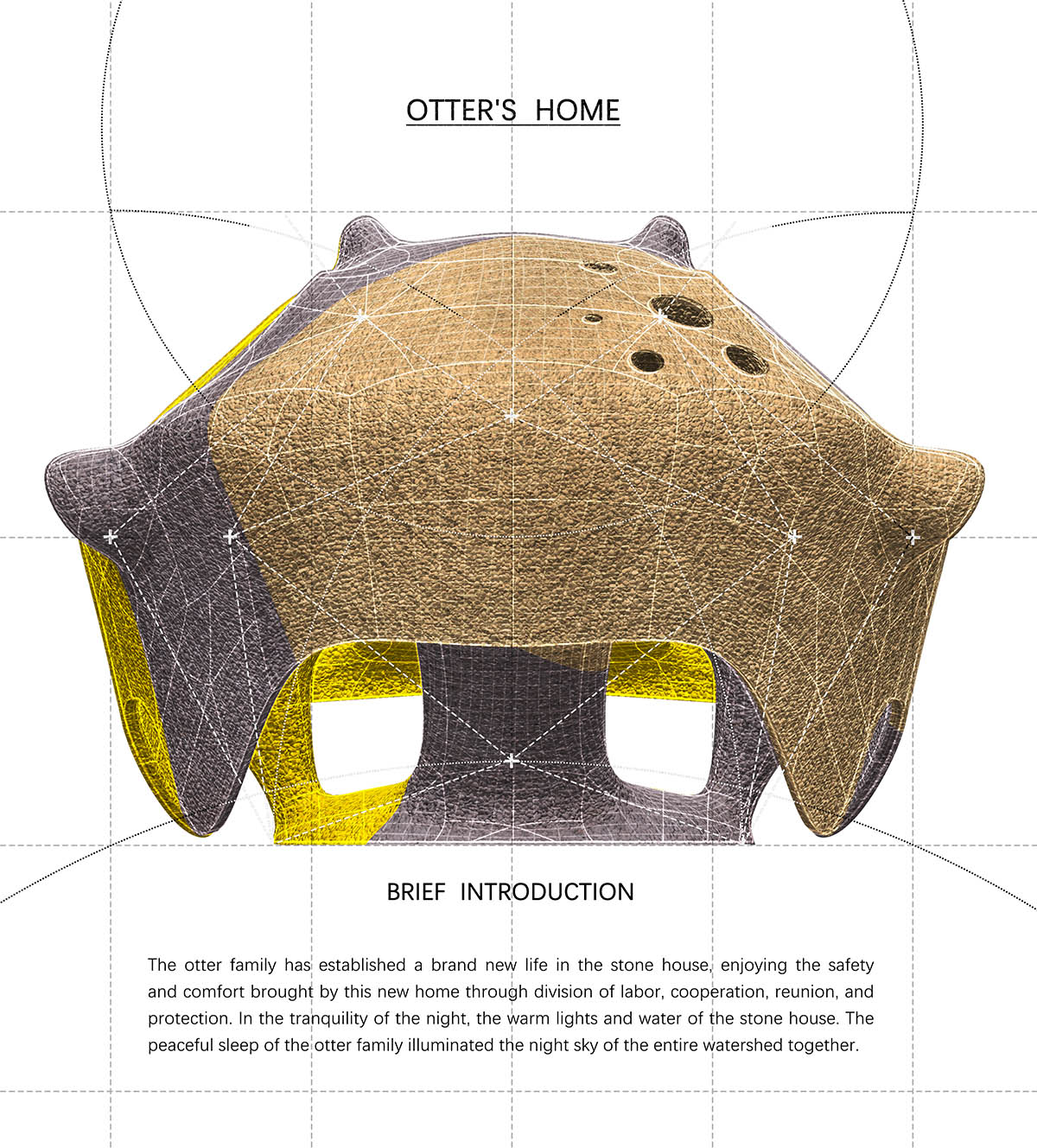
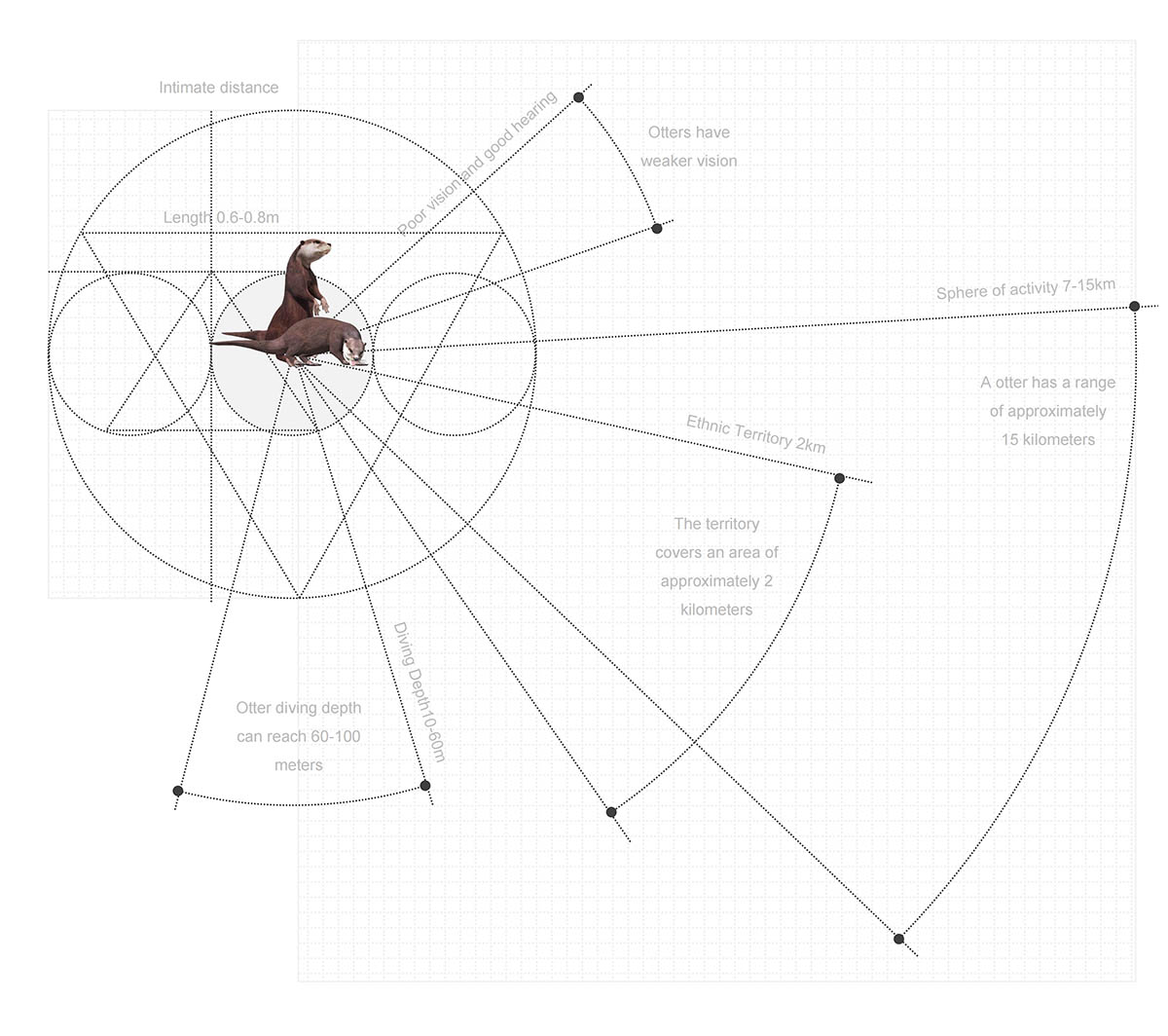
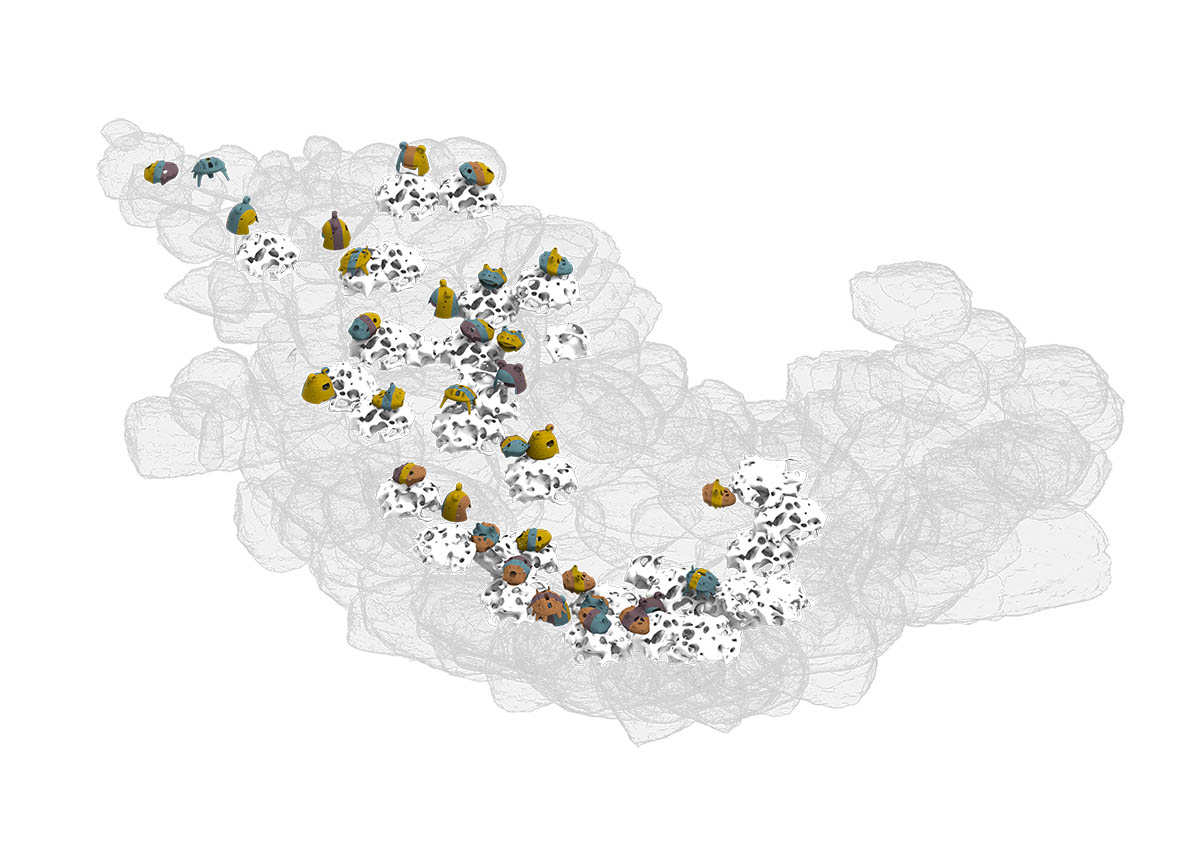
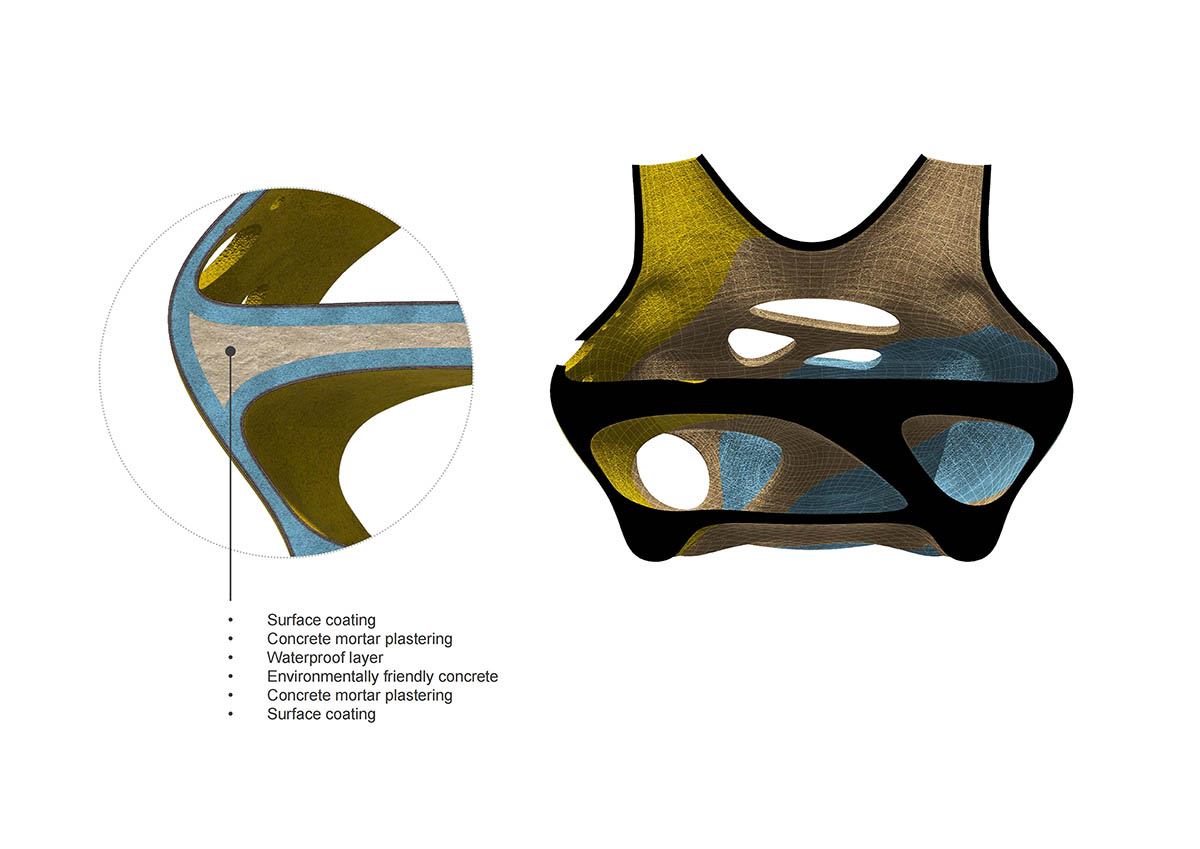
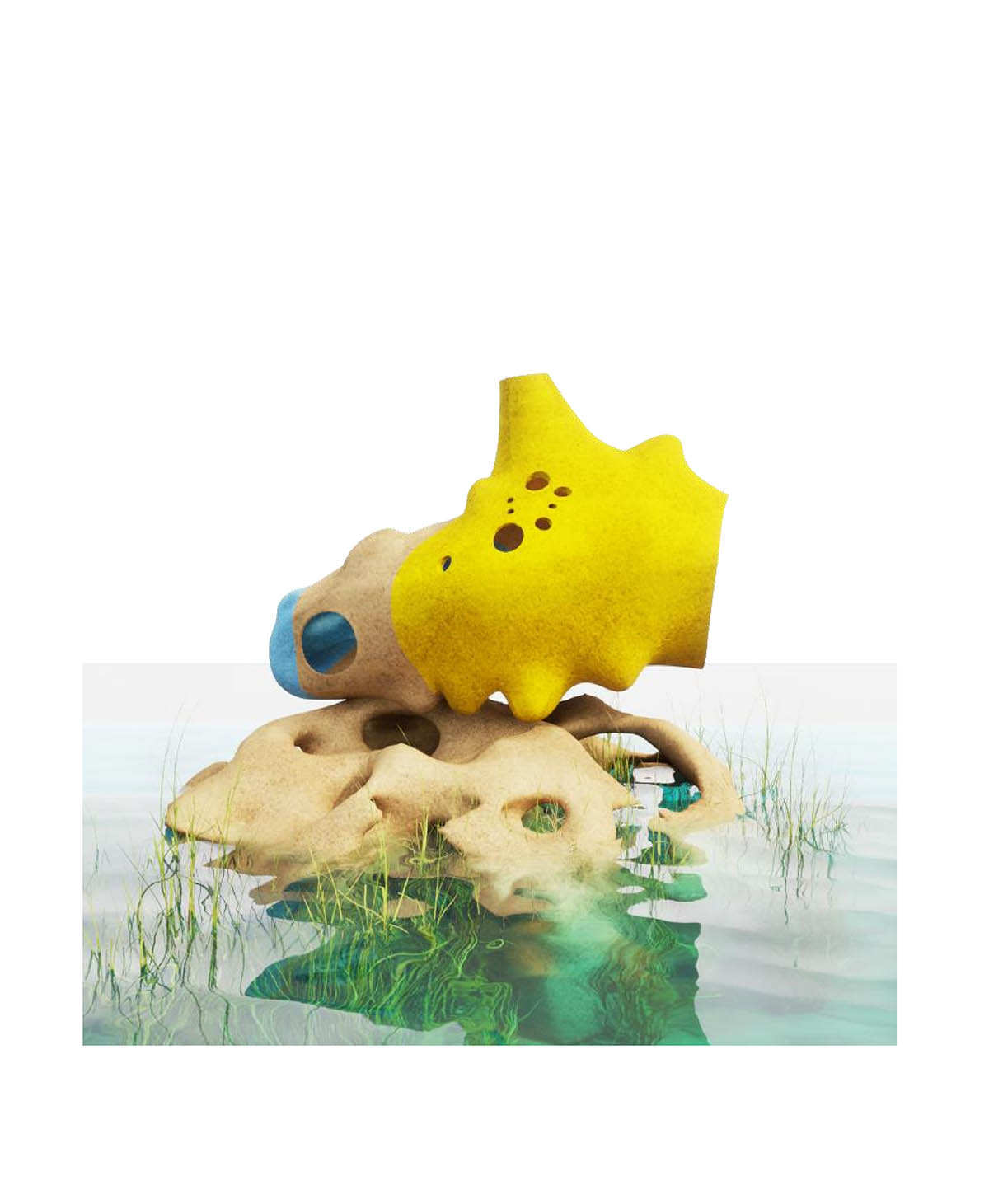
Founded in 2018, ZOO Architects is a multidisciplinary architectural design studio based in Shanghai and Tianjin, China, with office in London, U.K.
All renderings courtesy of ZOO Architects.
> via ZOO Architects
animal houses biomorphic concept organic ZOO Architects zoo architecture
